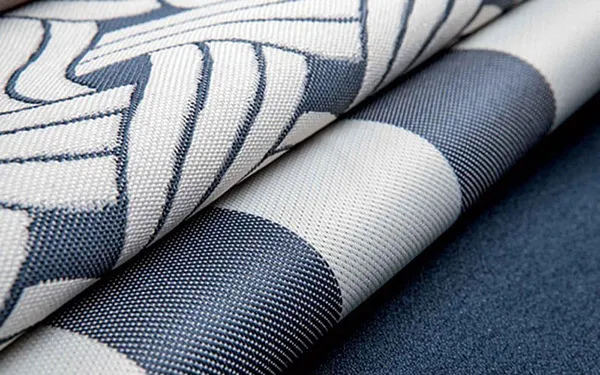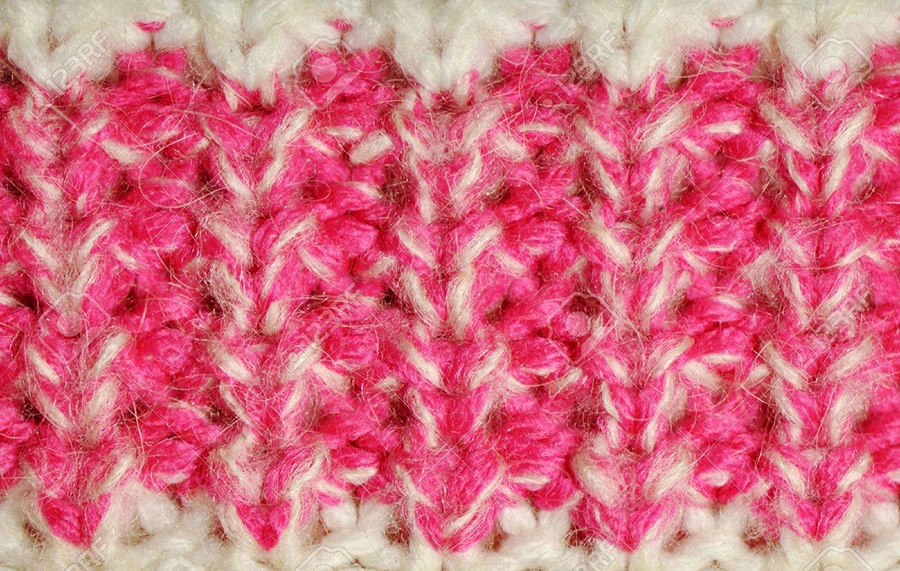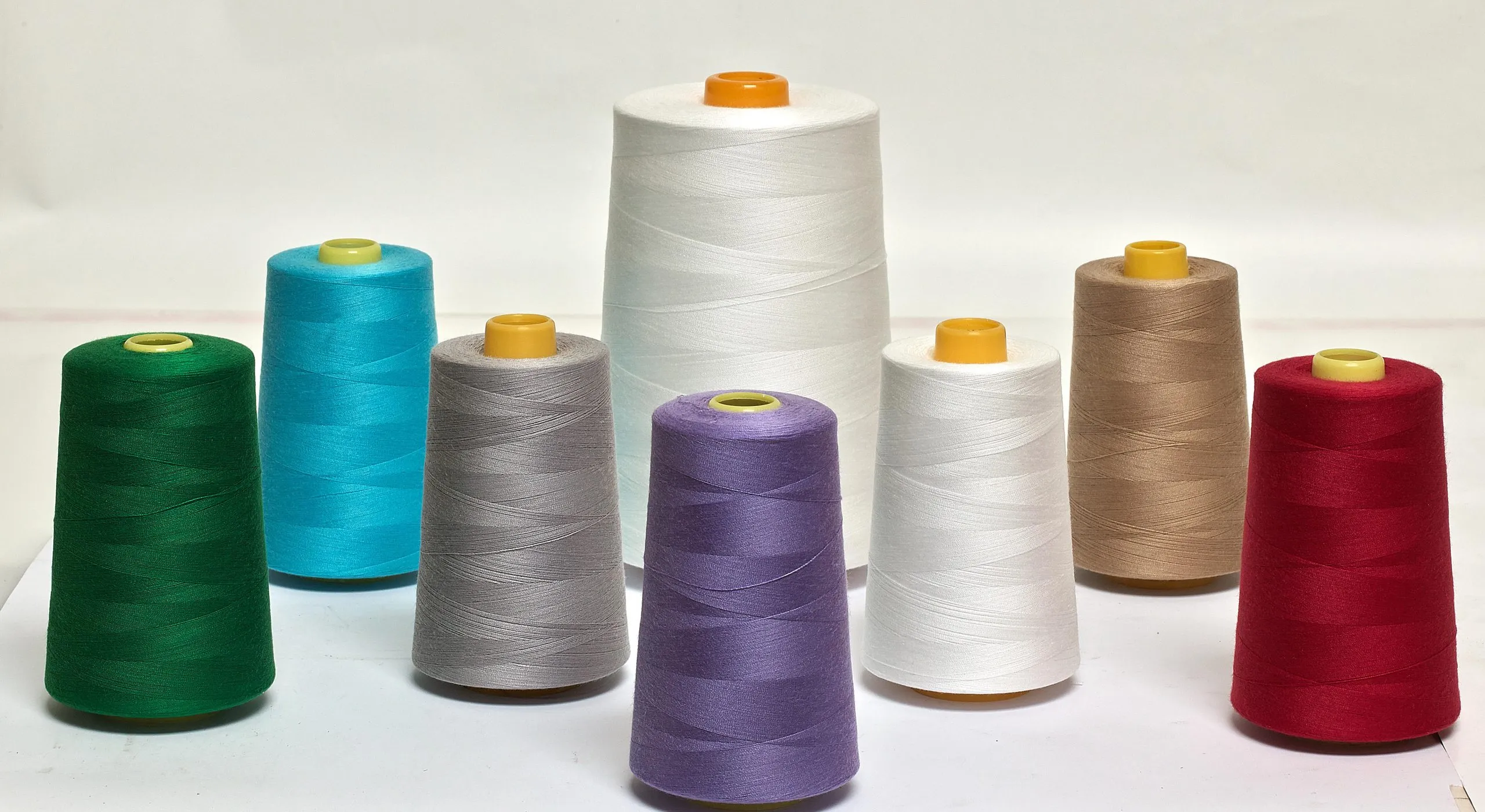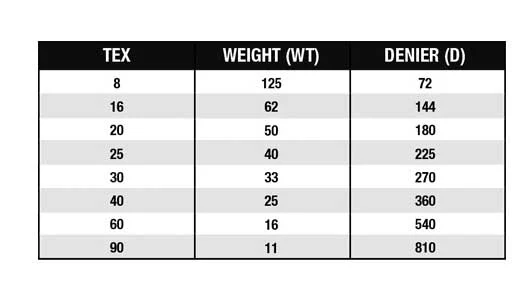
Acrylic fabric is one of the most widely used synthetic fibers in the modern textile industry. Even though you often see it as a low-cost alternative to wool, it actually has a unique performance profile designed for warmth, softness, and durability. Because it is created from petroleum-based chemicals, manufacturers can shape it into anything from fluffy sweater yarn to strong upholstery fibers. This article breaks down everything you need to know including properties, the full manufacturing journey, advantages, disadvantages, uses, care tips, and environmental impact.
What Is Acrylic Fabric?
Acrylic fabric is a man-made textile created from a polymer called acrylonitrile. It was designed to mimic the feel and performance of wool, especially for warm and cozy clothing. Because it is engineered, manufacturers can control softness, stretch, color, and durability very easily. Today, acrylic is common in sweaters, blankets, hats, gloves, carpets, and many home textiles.

Acrylic must contain at least 85% acrylonitrile to be considered true acrylic fiber. This makes it a fully synthetic, fossil-fuel-based textile. DuPont first introduced it in the 1940s, and it grew rapidly in the 1950s as an affordable substitute for natural wool. It is known for being light, warm, moisture-wicking, and resistant to moths and mildew. However, it is also criticized for pilling, flammability, and environmental issues.
Historical Background & Global Production
The story of acrylic fabric began when scientists searched for a cheaper, easier-to-care-for alternative to wool. Early versions were strong and warm but not very comfortable. Over time, new spinning and finishing technologies made acrylic softer and more flexible. Today, it remains a major commercial fiber used around the world.

Acrylic was developed by DuPont under the brand name Orlon. Production expanded rapidly in the mid-20th century, especially for knitwear and winter garments. Today, the top producing countries include: China – largest producer, controlling over 30% of global supply, India, Turkey, Indonesia, Thailand… Acrylic remains important because it is cheaper than natural wool, holds color well, and can be engineered for different climates.
How Acrylic Fabric Is Made
The production of acrylic fabric begins in a laboratory, not a farm. Every step is controlled to create fibers with predictable strength, softness, and stretch. Although the process is technical, the core idea is simple: chemicals are turned into long polymer chains, which are then spun into fibers. Below is the full manufacturing journey explained clearly.
- Step 1: Polymerization – Chemicals such as acrylonitrile (from fossil fuels) are mixed with other monomers. These react to form polyacrylonitrile (PAN), a thick plastic-like polymer.
- Step 2: Dissolving & Spinning – The PAN polymer is dissolved into a thick liquid. It is pushed through spinnerets (tiny holes), forming long, thin filaments. Acrylic fibers use two spinning methods: Wet spinning – older method, fibers solidify in a chemical bath. Dry spinning – more efficient, uses evaporation to solidify fibers
- Step 3: Stretching (Drawing) – The raw filaments are stretched 3–6× their original length. This aligns molecules inside the fiber, giving acrylic strength and elasticity.
- Step 4: Crimping & Cutting – Fibers are crimped to add fluffiness (to imitate wool). They are then cut into staple fibers or kept as continuous filaments.
- Step 5: Dyeing & Finishing – Acrylic absorbs dyes well and can be dyed in bright colors. Final finishing includes softening, anti-pilling finishes, or blending with other fibers.

Properties of Acrylic Fabric
Acrylic is popular partly because of its warm, wool-like feel and low cost. But it also has some drawbacks that buyers, brands, and manufacturers must understand. Knowing its strengths and weaknesses helps you choose the right applications and avoid quality issues in real production.
| Property | Description (Easy to Understand) |
|---|---|
| Fiber Type | Synthetic fiber made from acrylonitrile (petroleum-based). |
| Weight | Light and comfortable; lighter than wool. |
| Warmth | Very warm and insulating; great for cold weather. |
| Breathability | Low breathability; can feel hot in warm climates. |
| Moisture-Wicking | Pulls sweat away from skin but does not cool well. |
| Softness | Can be soft and fluffy, especially when crimped like wool. |
| Stretch / Elasticity | Good natural stretch; keeps shape well. |
| Durability | Strong enough for daily use but weaker than nylon/polyester. |
| Pilling Tendency | High—forms small fuzz balls easily, especially after washing. |
| Colorfastness | Excellent; holds bright colors and resists fading. |
| Flammability | Highly flammable unless treated; burns quickly. |
| Water Resistance | Moderate; dries faster than cotton or wool. |
| Chemical Resistance | Resistant to mildew, insects, and most chemicals. |
| Texture Options | Can imitate wool, cotton, or fleece depending on spinning method. |
| Cost | Affordable; cheaper than wool but more expensive than polyester. |
| Environmental Impact | Non-biodegradable; sheds microplastics; difficult to recycle. |

Types of Acrylic Fibers
To meet different performance needs, manufacturers created several variations of acrylic fibers. Each type has unique strengths, ranging from flame resistance to added elasticity. Understanding these types helps designers and buyers choose the correct material for each application.
- Standard Acrylic: ≥85% acrylonitrile – Warm, light, soft, common in sweaters and blankets
- Modacrylic: 35–85% acrylonitrile blended with other polymers. Naturally flame-resistant. Used in wigs, protective clothing, furnishings
- Nytril: Made from vinylidene dinitrile, Rare, low dyeability, Mostly in Asian markets
- Lastrile: Modified acrylic with diene elastomers, Stretchy and flexible, used in sportswear and stretch fabrics.

Common Uses of Acrylic Fabric
Acrylic is everywhere, even if people don’t realize it. From winter sweaters to household carpets, this fiber is chosen when brands want warmth, color vibrancy, durability, and cost savings. Let’s look at where acrylic shows up most often in daily life.
- Clothing – Sweaters, cardigans, Hoodies & jackets, Hats, gloves, scarves, Socks
- Home Textiles – Blankets, throws, Carpets & area rugs, Upholstery fabrics, Cushion covers
- Industrial Uses – Components in carbon fiber production, Outdoor fabrics, Flame-resistant workwear (modacrylic)

Advantages & Disadvantages of Acrylic Fabric
Advantages:
Acrylic offers many benefits that make it attractive to manufacturers and consumers. Some advantages are performance-based, while others relate to cost and ease of care. When used correctly, acrylic can deliver warmth and comfort at a lower price.
- Lightweight and warm
- Soft, wool-like feel
- Excellent color vibrancy
- Resistant to insects/mildew
- Quick-drying
- More affordable than wool
- Easy to wash and maintain
Disadvantages:
Like all materials, acrylic has limitations. Some of its weaknesses relate to comfort and durability, while others affect safety and environmental sustainability. Before choosing acrylic, it’s important to know these downsides clearly.
- Poor breathability → uncomfortable in heat
- High pilling
- Can feel “plastic-like”
- Highly flammable
- Releases microplastics during washing
- Non-biodegradable, hard to recycle
- Contains chemicals that can irritate sensitive skin
Final Words & Conclusion
Acrylic fabric plays a major role in both fashion and home textiles thanks to its warmth, color vibrancy, affordability, and versatility. Even though it has clear advantages, buyers should be aware of issues like pilling, flammability, and environmental impact. When used in the right products especially winter clothing and durable home fabrics acrylic can perform very well. As the industry develops better recycling technologies and more eco-friendly production methods, acrylic may continue to evolve into a more sustainable synthetic option.
FAQs About Acrylic Fabric – Properties, Production, and Uses
In Short, What is Acrylic fabric made of?
Acrylic fabric is made from a chemical called acrylonitrile, which comes from petroleum or natural gas. Manufacturers turn this chemical into long plastic-like chains called polyacrylonitrile, then spin them into fibers. These fibers are later dyed, crimped, and woven into fabric.
Is acrylic fabric similar to wool?
Yes, acrylic was designed to imitate wool. It feels soft, warm, and fluffy, especially when the fibers are crimped. Many sweaters, scarves, and winter hats use acrylic because it gives a wool-like feel at a lower price.
Is acrylic fabric breathable?
Acrylic is not very breathable. It traps heat well, which is good for winter clothing but can feel uncomfortable in hot or humid weather. This is why acrylic is mostly used in cold-weather garments.
Does acrylic fabric pill easily?
Yes, acrylic is known for high pilling. Small fuzz balls often appear after washing or rubbing. Using gentle wash cycles, low heat, and fabric shavers can help reduce pilling.
Is acrylic fabric safe to wear?
For most people, acrylic is safe to wear. However, it can irritate sensitive skin because it is synthetic. It is also highly flammable, so keep it away from open flames or high heat.
Is acrylic fabric warm?
Very warm. Acrylic traps heat well and has good insulation, making it great for sweaters, blankets, and winter accessories. It is lighter than wool but still cozy.
Is acrylic fabric eco-friendly?
Not really. Acrylic is petroleum-based, does not biodegrade, and sheds microplastics. Its production also uses chemicals that must be managed safely. Recycling acrylic is possible but rare due to technological challenges.


